When you hear that a former lead of Rockstar Games and the GTA franchise, Leslie Benzies, is behind a new cinematic, story-driven shooter, your expectations naturally go through the roof. That was me heading into MindsEye—hopeful, excited, and fully geared up for a futuristic thrill ride. But what I got… was something else entirely.
Let’s make one thing clear—MindsEye isn’t without merit. In fact, at times it flirts with greatness. The concept is ambitious, the visuals often stunning, and the presentation screams high-budget. But ambition without polish is like a shiny car with no engine—impressive from the outside, frustrating the moment you try to drive it.

Welcome to Redrock City
You play as Jacob Diaz, a war veteran implanted with a device known as the “MindsEye,” allowing him to tap into memories, influence technology, and uncover hidden truths. Set in the dystopian city of Redrock, the story leans hard into themes of control, corruption, and identity. Think Deus Ex meets Watch Dogs, but with a healthy sprinkle of Total Recall.
Honestly, the narrative pulled me in early. Redrock is beautifully imagined—sleek skyscrapers, desert outposts, neon-lit highways—and it nails that dystopian, corporatized tech-future aesthetic. The setup had all the makings of a gripping sci-fi thriller. But the deeper I played, the more the cracks began to show.
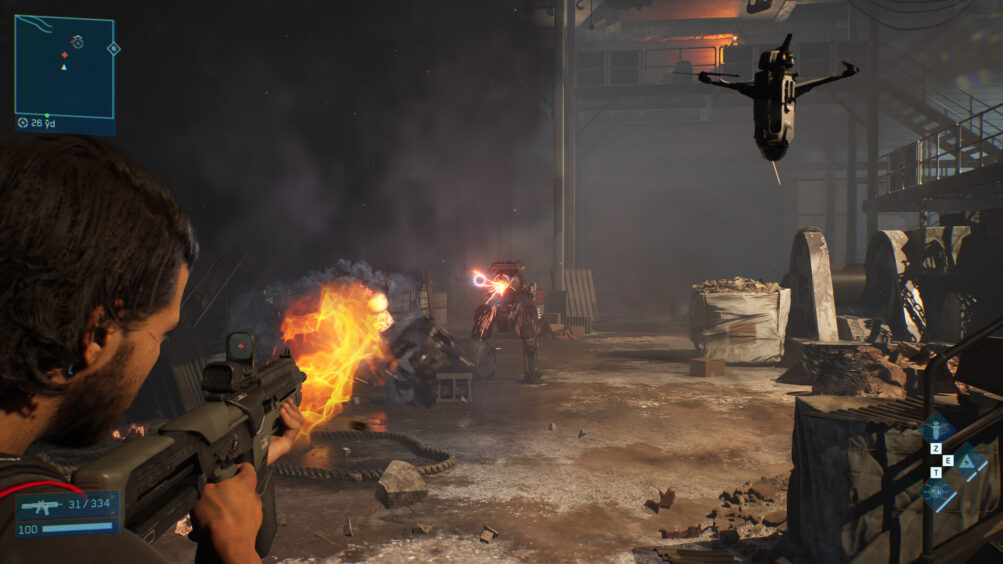
So Cinematic It Hurts
Let’s talk visuals. MindsEye looks incredible at times. On PS5, ray-traced reflections, sharp texture work, and cinematic lighting give Redrock City real atmosphere. Cutscenes are lovingly crafted and the facial animation during key story moments stands out. It genuinely feels like a Hollywood-level production.
But while it looks good, it doesn’t play as well. Missions are often linear and repetitive—drive here, hack that, shoot those guys, repeat. The world feels alive visually, but dead interactively. You can’t explore Redrock freely. It’s all corridors dressed like a city.
And the AI? Let’s just say it makes early PS3-era shooters look clever. Enemies wander aimlessly, stand still mid-fight, or clip into cover like they’re on autopilot. At one point, I threw a grenade and watched three guards just stare at it. Tactical genius.

Guns, Drones, and Glitches
Combat is… serviceable. You’ve got your typical third-person gunplay—rifles, pistols, SMGs—with a gadget-based twist thanks to your MindsEye interface. Hacking cameras, scanning the environment, tagging enemies—it all sounds great, but it lacks real depth. The drones you deploy are underwhelming, and the so-called “tactical options” feel superficial.
To make matters worse, the game launched with bugs. Plenty of them. Performance hiccups, sound syncing issues, and several mission-breaking glitches made their unwelcome appearance. While some patches have improved stability, I still encountered stuttering during driving sections and a few hard crashes.
And let’s talk movement. Jacob handles like he’s wearing concrete boots. Running feels sluggish, and even in high-stakes moments, the game lacks the kinetic energy you’d expect from a modern action title. It’s cinematic, yes—but not fun to control.
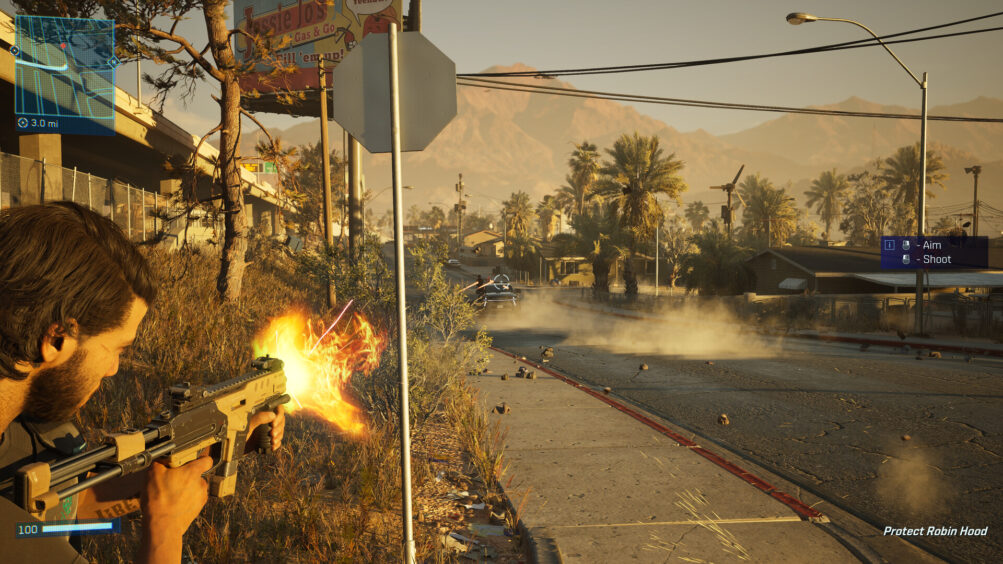
Storytelling: Heart Meets Confusion
Jacob’s personal arc—piecing together broken memories and uncovering his past—is intriguing. There are genuinely emotional moments, especially involving his partner, Silva. The game tries to say something meaningful about memory, trust, and what it means to be human in a world of machines. That narrative ambition is clear and admirable.
But the delivery? Messy. Pacing is off, some characters come and go without purpose, and exposition is often dumped rather than delivered naturally. By the final act, I was more confused than invested. The world-building is rich but lacks clarity, like reading a sci-fi novel with every third page missing.
DualSense and Audio
One bright spot is the excellent use of the DualSense controller. Adaptive triggers give each weapon a unique feel, and haptic feedback during memory dives or drone deployments adds immersion. The audio mix is punchy too—gunfire echoes across rooftops, music swells at key beats, and ambient sound paints Redrock with a living, breathing soundscape.
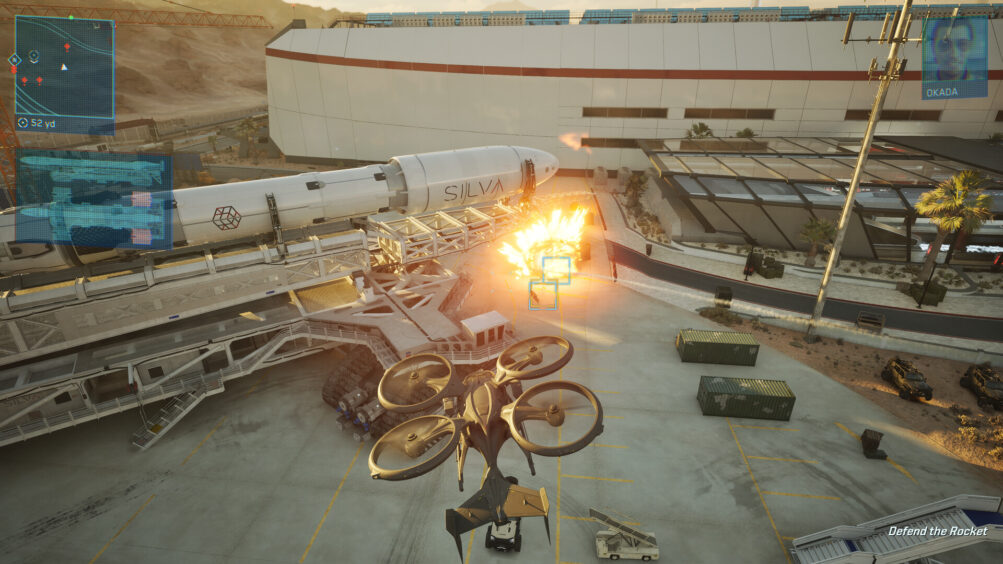
Mindseye Is Not a Bad Game… But It’s Not a Great One Either
MindsEye had all the potential to be a groundbreaking narrative-driven sci-fi experience from an industry legend, but it falls flat in execution. Its stunning visuals and cinematic moments can’t save it from clunky gameplay, frustrating bugs, and a lack of meaningful player engagement.
If you’re a hardcore Leslie Benzies or Rockstar fan curious about the project, it’s worth a look on a deep sale with expectations tempered. For everyone else, this one’s better skipped until significant updates bring the gameplay and stability up to scratch.
It’s one of those rare titles that looks AAA, feels ambitious, and has the resume to back it up… yet somehow falters where it counts most: gameplay and cohesion. This could’ve been GTA meets Cyberpunk with heart. Instead, it’s a flashy tech demo for a more exciting future that never arrives.
Would I recommend MindsEye at full price? Not right now. If you’re curious and patient, maybe wait for more patches or a steep discount. It’s a fascinating project, and I respect what the team tried to build—but as a gamer, I can’t ignore how much it let me down.
MindEye Launch Trailer
Read more awesome reviews >>here<<.
Game was purchased to review.
I reviewed it, and then it was edited by my partner.

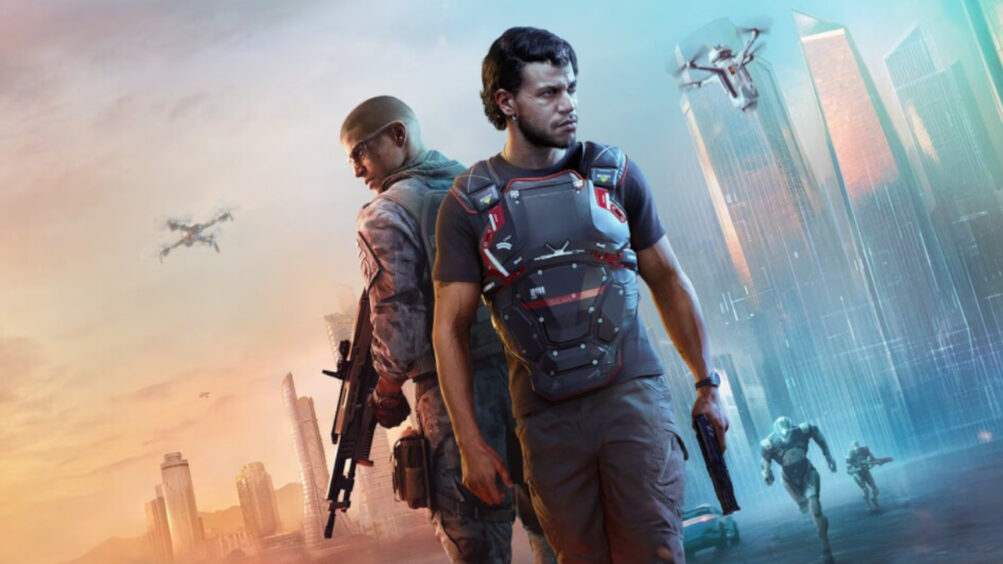





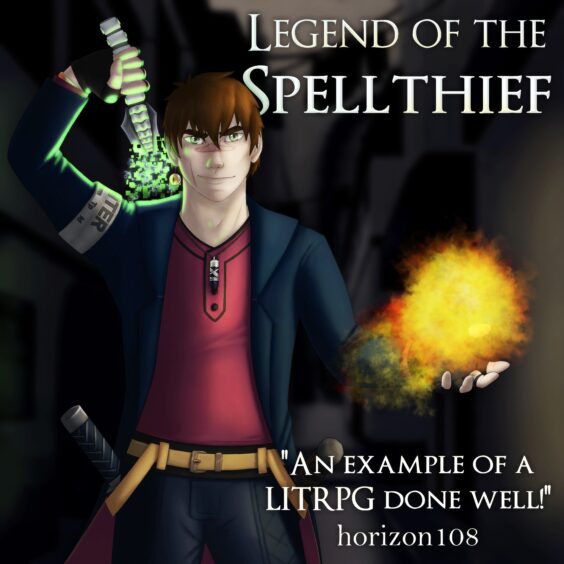
You must be logged in to post a comment.